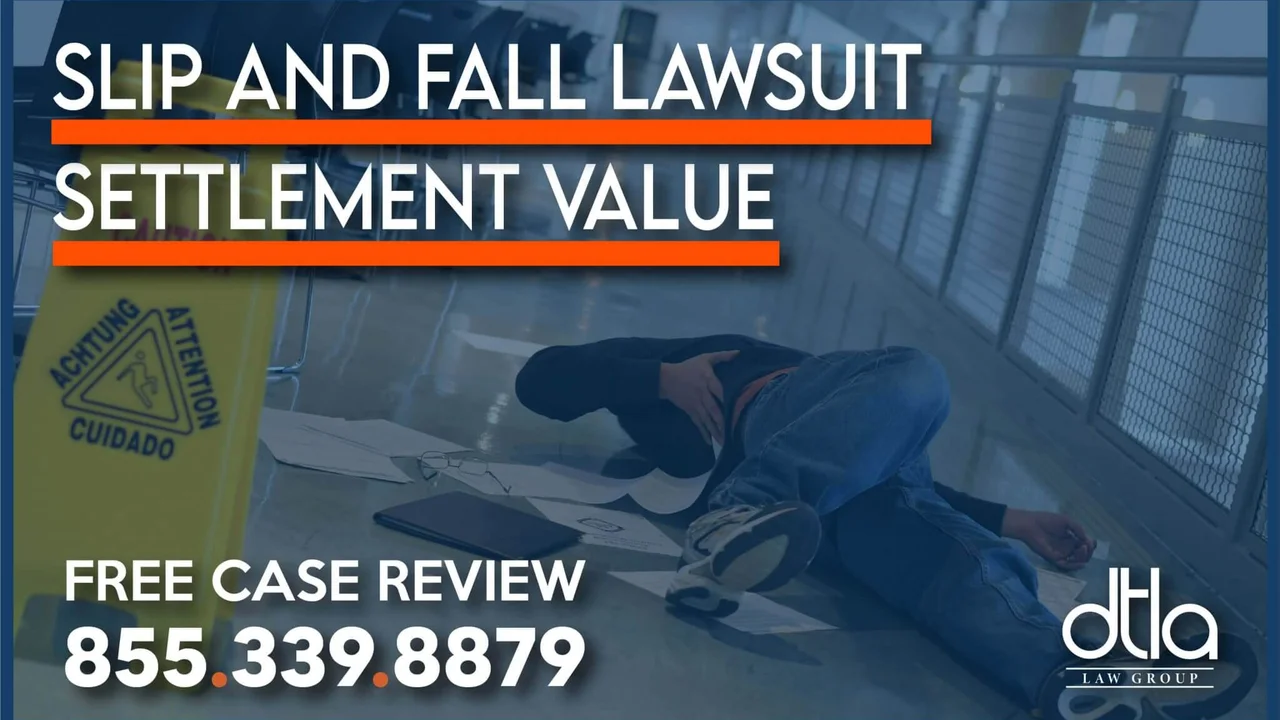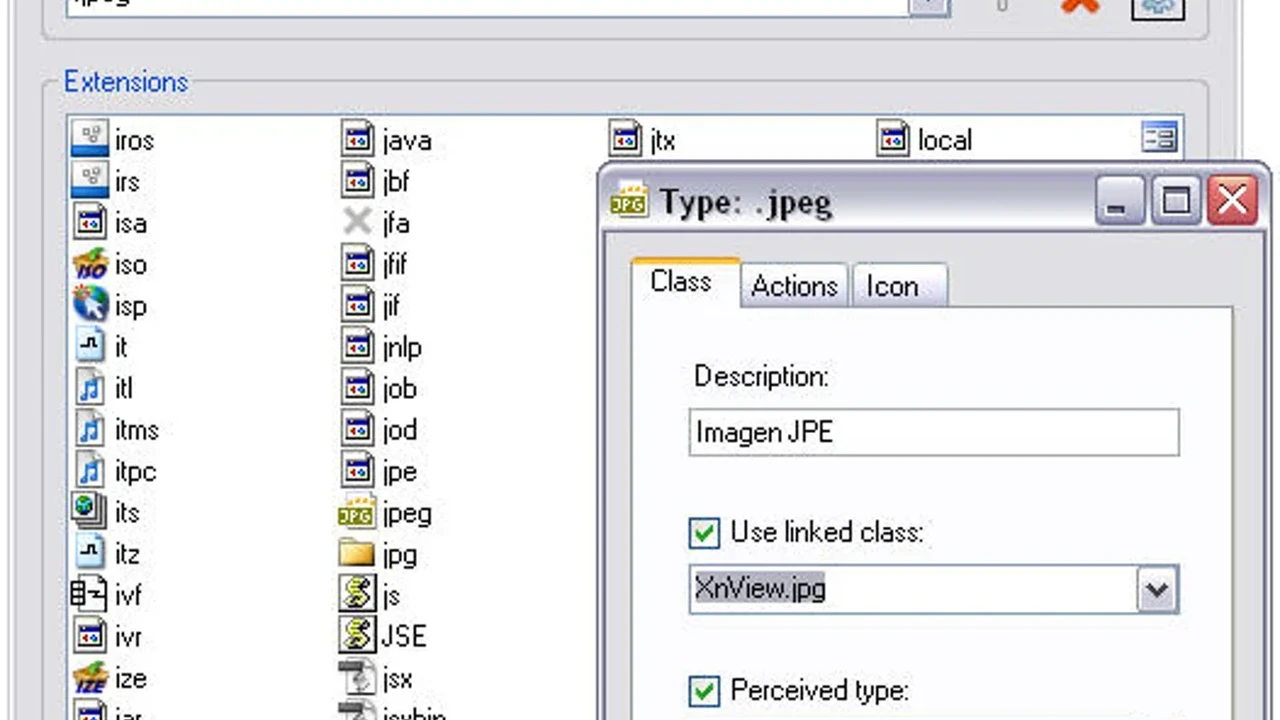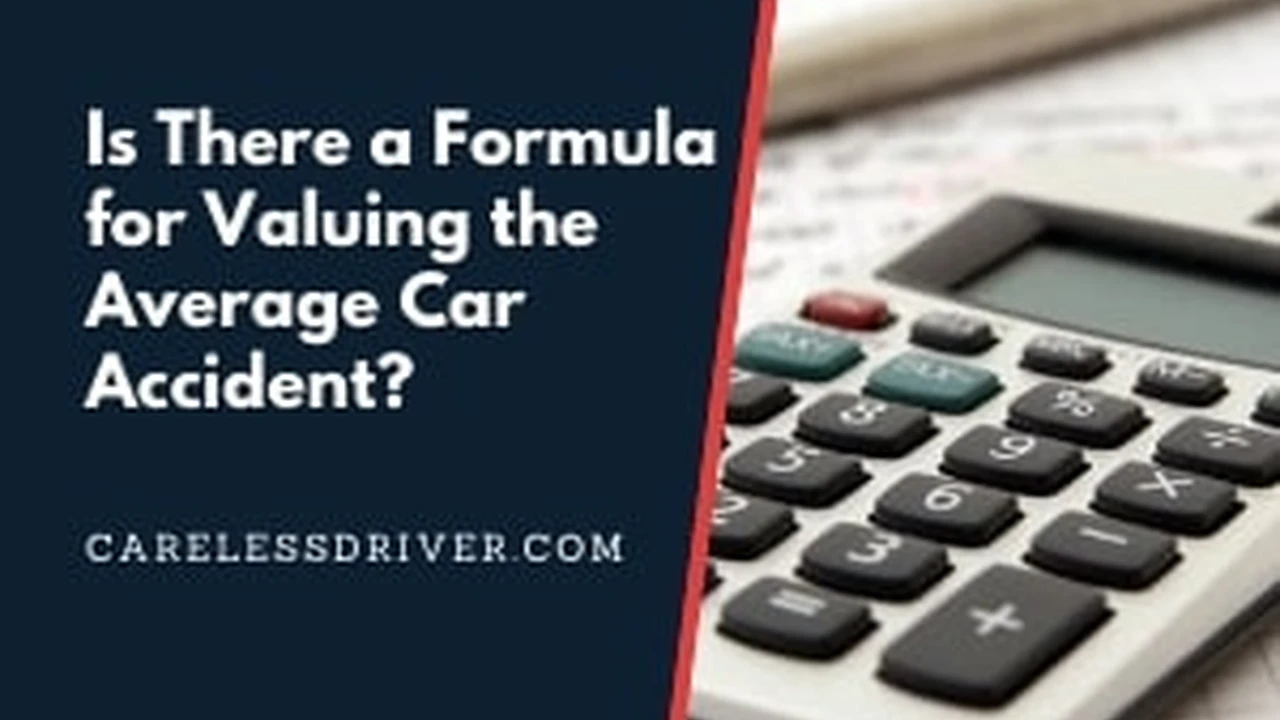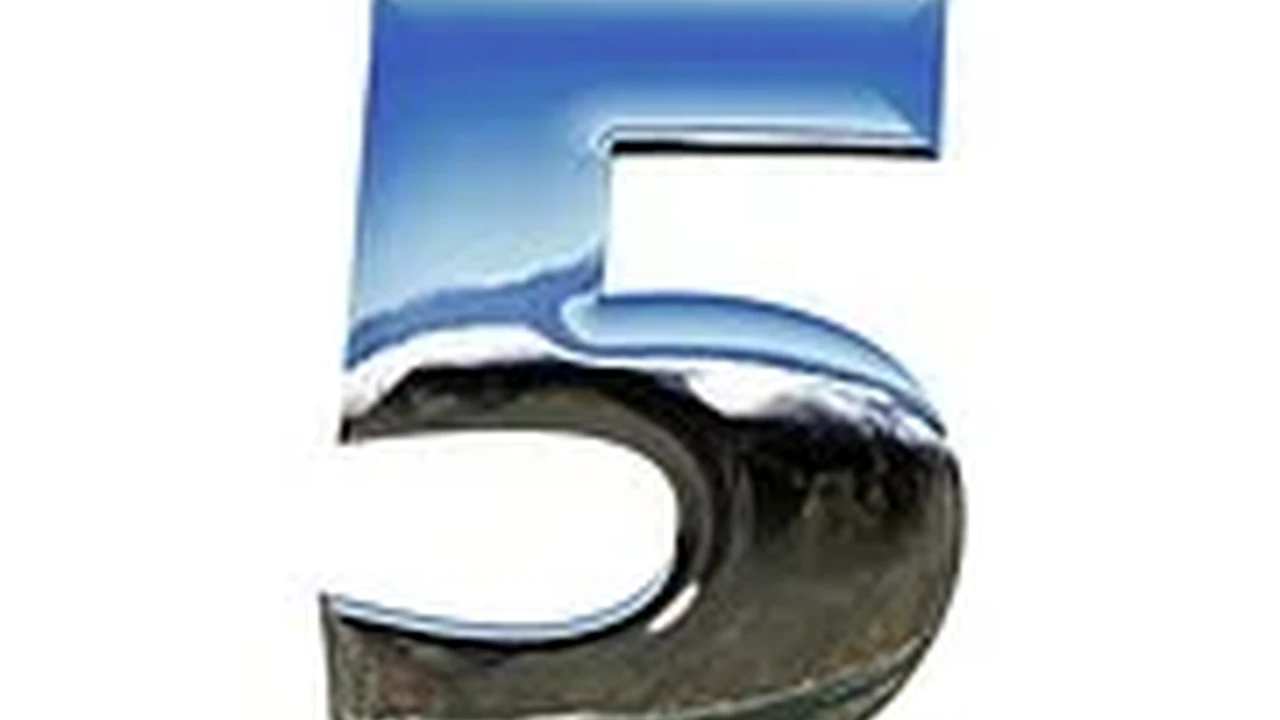Calculating Slip and Fall Settlement Value
Learn how personal injury lawyers assess the value of a slip and fall accident settlement.

Calculating Slip and Fall Settlement Value
Understanding Slip and Fall Accident Claims
So, you've had a slip and fall accident, and now you're wondering what your case might be worth. It's a common question, and frankly, one of the most important. Calculating the settlement value for a slip and fall claim isn't as simple as plugging numbers into a calculator. It involves a complex evaluation of various factors, both economic and non-economic. Personal injury lawyers, with their experience and expertise, play a crucial role in this assessment. They look at everything from your medical bills to how the injury has impacted your daily life. Let's break down how they do it, what goes into the calculation, and what you can expect.
Key Factors Influencing Slip and Fall Settlement Amounts
When a personal injury lawyer evaluates your slip and fall case, they're not just guessing. They're meticulously examining several key factors that directly influence the potential settlement amount. Think of it like building a house; each component adds to the overall structure and value. Here are the main elements they consider:
Severity of Injuries and Medical Treatment Costs
This is often the biggest piece of the puzzle. The more severe your injuries, the higher your medical bills, and consequently, the higher your potential settlement. We're talking about everything from emergency room visits, ambulance rides, doctor consultations, specialist appointments, physical therapy, prescription medications, and even future medical care. For instance, a simple sprain might incur a few hundred dollars in medical costs, while a broken hip requiring surgery, extensive rehabilitation, and long-term care could easily run into tens or even hundreds of thousands of dollars. Lawyers will gather all your medical records and bills to get a clear picture of these expenses. They'll also consider the type of injury. For example, a traumatic brain injury (TBI) from a fall will likely have a much higher value than a minor bruise, due to the long-term impact and extensive treatment required.
Lost Wages and Earning Capacity
Did your injury prevent you from working? If so, you can claim lost wages. This includes not just the income you've already missed, but also any future income you might lose if your injury affects your ability to work at the same capacity. For example, if you're a construction worker and a fall leaves you with a permanent back injury that prevents you from lifting heavy objects, your earning capacity might be significantly reduced. Your lawyer will look at your past income, your job, and expert opinions to calculate this loss. This can be a substantial part of your settlement, especially for individuals with high-paying jobs or those whose careers are severely impacted.
Pain and Suffering Damages
This is where things get a bit more subjective, but no less important. Pain and suffering refer to the physical pain, emotional distress, mental anguish, and loss of enjoyment of life you experience due to your injury. There's no exact formula for this, but lawyers often use a 'multiplier' method. They'll take your total economic damages (medical bills, lost wages) and multiply it by a number, typically between 1.5 and 5, depending on the severity and permanence of your injuries. For example, if your economic damages are $20,000 and your pain and suffering multiplier is 3, you might claim an additional $60,000 for pain and suffering. Factors like chronic pain, depression, anxiety, inability to participate in hobbies, and impact on relationships all contribute to this category.
Property Damage and Other Out-of-Pocket Expenses
While less common in slip and fall cases than, say, car accidents, you might have incurred property damage. Perhaps your expensive watch broke when you fell, or your phone shattered. These costs are recoverable. Also, don't forget other out-of-pocket expenses like transportation to medical appointments, childcare costs if you couldn't care for your children due to your injury, or even modifications to your home if your injury requires them. Keep all receipts!
Liability and Negligence of the Property Owner
This is absolutely critical. For your claim to be successful, you need to prove that the property owner was negligent and that their negligence directly caused your fall and injuries. This means showing they knew or should have known about the dangerous condition (e.g., a wet floor, uneven pavement, poor lighting) and failed to fix it or warn you about it. If liability is clear and undisputed, your settlement value tends to be higher. If there's a question of who was at fault, or if you contributed to the accident (known as comparative negligence), it can reduce your settlement. For example, if you were looking at your phone and not paying attention, your percentage of fault might reduce your overall compensation.
Location of the Accident and Applicable Laws
The laws governing slip and fall cases can vary significantly depending on where the accident occurred. For instance, premises liability laws in California might differ from those in New York, or even more so, from laws in countries in Southeast Asia. Some jurisdictions have stricter liability standards for property owners, while others might have more favorable comparative negligence rules for plaintiffs. Your lawyer will be well-versed in the specific laws of the jurisdiction where your accident happened, which can impact the strategic approach and potential value of your case.
The Role of a Personal Injury Lawyer in Valuation
You might be thinking, "Can't I just figure this out myself?" While you can certainly try, a personal injury lawyer brings invaluable expertise to the table. They don't just add up numbers; they strategize, negotiate, and advocate on your behalf.
Expertise in Legal Precedents and Case Law
Lawyers have access to databases of similar cases and their outcomes. This allows them to gauge what a reasonable settlement might be for your specific type of injury and circumstances. They understand how courts have ruled in the past and what factors tend to sway judges and juries.
Negotiation Skills with Insurance Companies
Insurance companies are in the business of paying out as little as possible. They have experienced adjusters whose job it is to minimize your claim. A skilled personal injury lawyer knows their tactics, can counter their arguments, and will negotiate aggressively to get you the compensation you deserve. They won't be intimidated by lowball offers.
Access to Expert Witnesses
For complex cases, lawyers can bring in expert witnesses. This might include medical professionals to testify about the extent of your injuries and future medical needs, or vocational experts to assess your lost earning capacity. These experts can significantly strengthen your case and provide credible evidence for higher damages.
Understanding of Statute of Limitations
Every jurisdiction has a deadline for filing a personal injury lawsuit, known as the statute of limitations. If you miss this deadline, you lose your right to sue, regardless of how strong your case is. A lawyer will ensure all deadlines are met, protecting your legal rights.
The Settlement Process Explained
Once you've decided to pursue a claim, the process typically unfolds in several stages:
Initial Consultation and Investigation
Your lawyer will meet with you to discuss the details of your accident, gather initial information, and assess the viability of your case. They'll then begin their investigation, collecting evidence like accident reports, witness statements, photos, and surveillance footage.
Medical Treatment and Documentation
It's crucial to continue with your medical treatment and meticulously document everything. Your lawyer will work with you to ensure all medical records and bills are collected, as these form the backbone of your damages claim.
Demand Letter and Negotiation
Once your medical treatment is complete (or you've reached maximum medical improvement), your lawyer will draft a demand letter to the at-fault party's insurance company. This letter outlines the facts of the accident, the extent of your injuries, and the total damages you're seeking. This usually kicks off the negotiation process, where offers and counter-offers are exchanged.
Mediation or Arbitration
If negotiations stall, the parties might agree to mediation (a neutral third party helps facilitate a settlement) or arbitration (a neutral third party makes a binding decision). These are often less formal and less expensive alternatives to going to trial.
Litigation and Trial
If a fair settlement cannot be reached through negotiation or alternative dispute resolution, your lawyer will file a lawsuit and prepare for trial. This is a more lengthy and costly process, but sometimes necessary to achieve justice.
Comparative Negligence and Its Impact on Your Settlement
It's important to understand how your own actions might affect your settlement. Many states and countries operate under a system of comparative negligence. This means that if you are found to be partially at fault for your slip and fall, your compensation will be reduced by your percentage of fault.
Pure Comparative Negligence
In a pure comparative negligence system, you can recover damages even if you are 99% at fault, though your recovery will be reduced by that percentage. For example, if your damages are $100,000 and you are found 60% at fault, you would still recover $40,000.
Modified Comparative Negligence (50% Bar Rule or 51% Bar Rule)
Most jurisdictions follow a modified comparative negligence rule. Under the 50% bar rule, you can only recover damages if you are 50% or less at fault. If you are 51% or more at fault, you recover nothing. The 51% bar rule is similar, but you can recover if you are 50% or less at fault, but not if you are 51% or more. Your lawyer will explain how this applies in your specific location.
Examples of Slip and Fall Settlement Ranges
While every case is unique, looking at general ranges can give you a rough idea. Keep in mind these are very broad estimates and not guarantees:
- Minor Injuries (Sprains, Bruises): These cases might settle for a few thousand dollars, covering medical bills and some pain and suffering. Think $5,000 - $25,000.
- Moderate Injuries (Fractures, Dislocations, Minor Concussions): These often involve more extensive medical treatment and time off work. Settlements could range from $25,000 to $100,000 or more.
- Severe Injuries (Spinal Cord Injuries, Traumatic Brain Injuries, Permanent Disability): These are the most complex and highest-value cases, often involving lifelong care, significant lost earning capacity, and profound pain and suffering. Settlements can easily reach hundreds of thousands to millions of dollars.
The specific circumstances of the fall, the clarity of liability, and the jurisdiction all play a huge role in where a case falls within these ranges.
Maximizing Your Slip and Fall Settlement Value
To ensure you get the best possible outcome, here are some tips:
Seek Immediate Medical Attention
Even if you feel fine, see a doctor. Some injuries aren't immediately apparent, and delaying treatment can hurt your claim by allowing the defense to argue your injuries weren't caused by the fall.
Document Everything
Take photos of the accident scene, your injuries, and anything that contributed to the fall. Get contact information for witnesses. Keep a detailed journal of your pain, limitations, and how the injury affects your daily life. Save all medical bills, receipts, and records of lost wages.
Avoid Discussing Your Case with Anyone But Your Lawyer
Do not talk to the property owner's insurance company or their representatives. Anything you say can be used against you. Let your lawyer handle all communications.
Follow Medical Advice
Adhere strictly to your doctor's recommendations for treatment and physical therapy. Failing to do so can be used by the defense to argue you weren't seriously injured or that you exacerbated your own condition.
Be Patient
Personal injury cases can take time, especially if they involve serious injuries or complex liability. Rushing a settlement can lead to accepting less than your case is worth.
Specific Products and Scenarios for Slip and Fall Prevention and Claims
While this article focuses on settlement value, understanding prevention and common scenarios can also inform your claim. For instance, if a property owner failed to use appropriate safety measures or products, it strengthens your case.
Anti-Slip Flooring Solutions
Property owners have a duty to maintain safe premises. This often includes using appropriate flooring. Here are some examples of products and their applications:
- Anti-Slip Tapes and Treads: These are adhesive strips with abrasive surfaces, often used on stairs, ramps, and smooth floors in commercial settings.
- Anti-Slip Coatings: Liquid coatings that can be applied to various surfaces (concrete, tile, wood) to increase friction. Products like 'SlipDoctors DuraGrip' or 'Rust-Oleum Anti-Slip Coating' are common. They are used in kitchens, bathrooms, industrial areas, and outdoor walkways.
- Textured Tiles: Many modern tiles are designed with a textured surface to provide better grip, especially in areas prone to moisture like entryways or restrooms.
- Rubber Matting: Often seen in commercial kitchens, bars, and industrial areas, these mats provide cushioning and excellent slip resistance. Brands like 'Wearwell' or 'Notrax' offer various options.
Comparison and Pricing: Anti-slip tapes are the cheapest, often a few dollars per roll, suitable for small areas. Coatings are more expensive, ranging from $50-$200 per gallon, but cover larger areas. Textured tiles are part of initial construction or renovation, costing more per square foot than standard tiles. Rubber matting varies widely, from $20 for a small mat to hundreds for large industrial sections.
Proper Lighting Solutions
Poor lighting is a frequent contributor to slip and falls, especially on stairs or uneven surfaces. Property owners should ensure adequate illumination.
- LED Floodlights: For outdoor areas, parking lots, and building exteriors. Brands like 'Philips' or 'Lithonia Lighting' offer durable, bright options.
- Motion Sensor Lights: Useful in less frequently used areas like storage rooms, stairwells, or outdoor paths, ensuring light is present when needed.
- Emergency Lighting: Essential for power outages, guiding occupants to safety. 'Exitronix' or 'Sure-Lites' are common brands.
Comparison and Pricing: Standard LED bulbs are inexpensive, a few dollars each. Floodlights can range from $50-$200. Motion sensor lights are typically $20-$100. Emergency lighting systems are more complex and can cost hundreds to thousands depending on the scale.
Warning Signage and Barriers
When a hazard cannot be immediately fixed, proper warning is crucial.
- 'Wet Floor' Signs: The classic yellow A-frame signs. Brands like 'Rubbermaid' are ubiquitous.
- Caution Tapes and Cones: Used to cordon off dangerous areas temporarily.
- Permanent Warning Signs: For ongoing hazards like uneven steps or low clearances.
Comparison and Pricing: 'Wet Floor' signs are cheap, around $10-$30. Tapes and cones are also inexpensive, a few dollars to tens of dollars. Permanent signs vary based on material and customization, from $20-$100.
Maintenance Equipment and Protocols
A property owner's failure to maintain their premises is often at the heart of a slip and fall claim.
- Floor Cleaners and Dryers: Commercial-grade floor scrubbers and wet/dry vacuums are essential for keeping floors clean and dry. Brands like 'Tennant' or 'Nilfisk' are industry standards.
- Snow and Ice Removal Equipment: For colder climates, snow shovels, salt spreaders, and de-icing agents are critical.
- Regular Inspection Checklists: While not a physical product, a robust system for regular inspections and hazard reporting is a key 'product' in preventing falls.
Comparison and Pricing: Commercial floor cleaners can cost thousands of dollars. Snow removal equipment varies from basic shovels ($20) to professional snow blowers ($500-$2000). De-icing agents are typically $20-$50 per bag. The cost of implementing and training staff on inspection protocols is an operational expense, but invaluable for safety.
When you're pursuing a slip and fall claim, your lawyer will investigate whether the property owner utilized these types of products and protocols. A failure to do so, especially when such measures are standard practice for similar establishments, can be strong evidence of negligence.
Final Thoughts on Your Slip and Fall Claim
Navigating a slip and fall personal injury claim can be overwhelming, especially when you're recovering from injuries. Understanding how settlement values are calculated and what factors influence them is the first step. Remember, every case is unique, and the information here is for general guidance. The best way to get an accurate assessment of your claim's value and to ensure your rights are protected is to consult with an experienced personal injury lawyer. They can provide personalized advice, handle the complexities of the legal process, and fight to get you the compensation you deserve, allowing you to focus on your recovery.
:max_bytes(150000):strip_icc()/277019-baked-pork-chops-with-cream-of-mushroom-soup-DDMFS-beauty-4x3-BG-7505-5762b731cf30447d9cbbbbbf387beafa.jpg)






